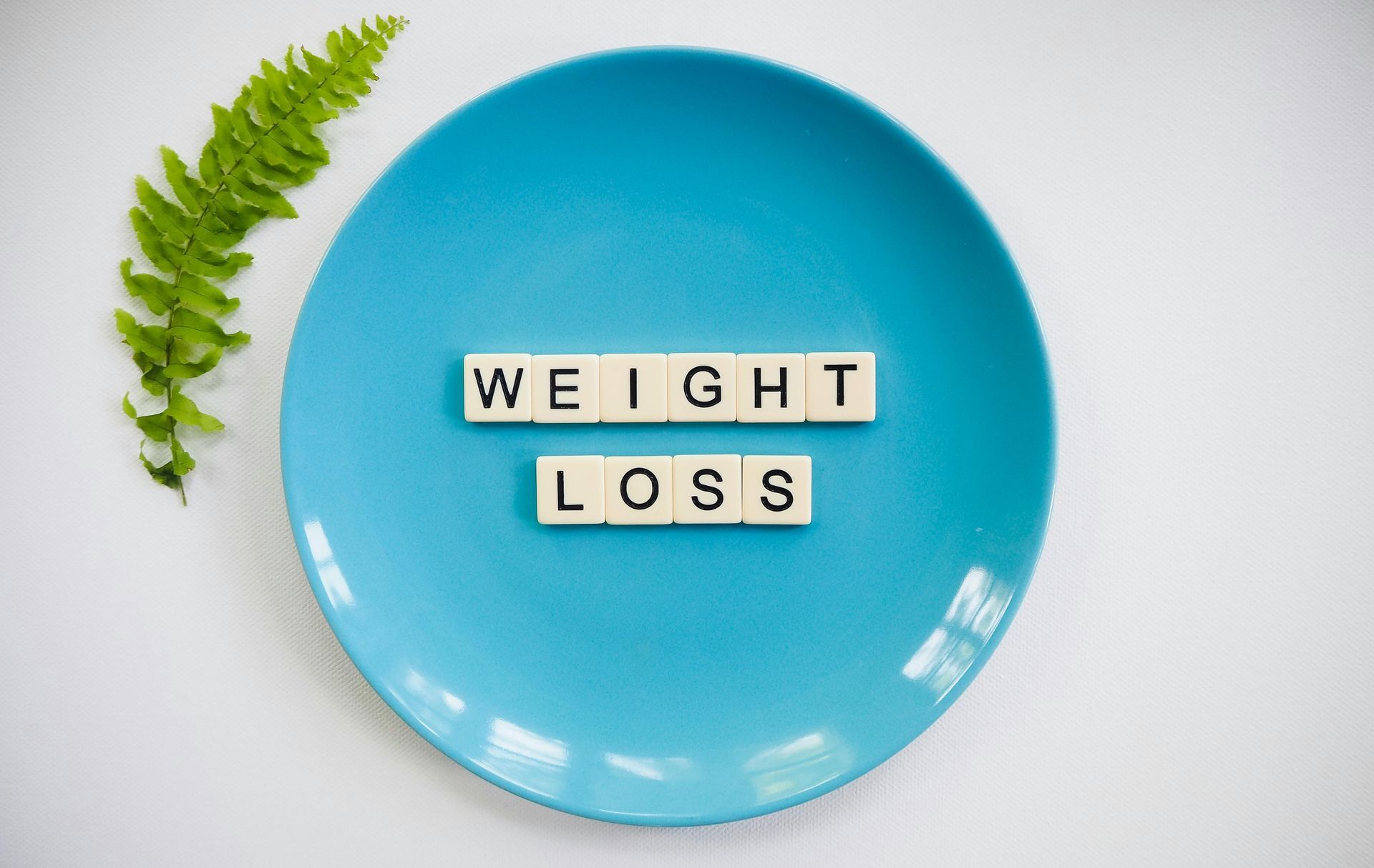Why Your Metabolism Slows Down on a Diet (and How to Work With It)
Why are you plateauing?

If you’ve ever eaten less, exercised more, and wondered why the scale barely moves, you’ve run headfirst into a survival system called adaptive thermogenesis (AT).
Think of AT as your body’s “energy emergency brake.” When food intake drops and activity levels are low, your body senses a potential famine and responds by burning fewer calories and increasing hunger. It’s not sabotage—it’s protection. But if you’re trying to lose weight, it can feel like your body is working against you.
What the Science Shows
- Biggest Loser follow-up study (Fothergill et al., 2016): Six years after contestants lost massive weight quickly, their resting metabolism was still ~500 calories per day lower than expected—even though many had regained weight. Extreme dieting left their bodies stuck in a thrifty mode.
- Hormone study (Sumithran et al., 2011): After a year of weight loss, appetite hormones hadn’t “reset”—ghrelin (hunger hormone) stayed high, while leptin and other satiety hormones stayed low. The body was still driving them to eat more.
- Systematic review (Nunes et al., 2022): For typical dieters, the drop in metabolism is real but usually smaller than headlines suggest—about 50–200 calories per day beyond what you’d expect from fat and muscle loss. Enough to slow progress, but not enough to make weight loss impossible.
- Gradual vs. rapid loss (Headland et al., 2019): Slow, steady dieting preserved metabolism better than crash diets, supporting the “go slower” approach many coaches recommend.
Big picture: Your body fights back against dieting through both metabolic changes (burning fewer calories) and hormonal fluctuations (making you hungrier).
How to Work With Your Body, Not Against It
The good news? You don’t have to stay stuck in energy-conservation mode. Here are evidence-aligned strategies:
1. Move More Outside the Gym
Formal workouts help, but non-exercise activity—walking, standing, daily chores—burns more over the long haul. If you average 2,000 steps per day, aim to nudge that up to 4,000, then 6,000. Research shows these small bumps add up to hundreds of calories over time.
2. Strength Train to Protect Muscle
Muscle is your metabolic engine. It doesn’t skyrocket calorie burn, but it prevents further slowdowns when dieting. Studies consistently show that resistance training reduces the magnitude of AT compared to dieting alone.
3. Eat Enough, Don’t Over-Restrict
Chronic under-eating makes the body conserve energy. Counterintuitively, eating closer to your actual needs (with a moderate calorie deficit if weight loss is the goal) helps your body feel “safe” and less defensive. Protein—about 1.6–2.2 g per kg of bodyweight—is especially protective.
4. Use Diet Breaks or Refeeds
Athlete research suggests that short periods of eating at maintenance—especially with more carbohydrates—can temporarily raise leptin and resting energy expenditure while improving adherence (Trexler et al., 2014). This isn’t a free-for-all, but a strategic pause.
5. Prioritize Sleep and Stress
Both poor sleep and high stress lower spontaneous movement and can disrupt hunger signals. Protecting recovery helps your metabolism run more efficiently.
The Takeaway
Adaptive thermogenesis is proof that your body is smart, not broken. It’s wired to defend you from starvation—but that same wiring can stall weight loss when you’re not strategic. By moving more, lifting weights, fueling adequately, and recovering well, you teach your body it’s safe to spend energy again.
The scale may not drop overnight, but you’ll be building habits that work with your biology instead of fighting against it.
